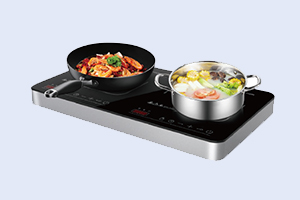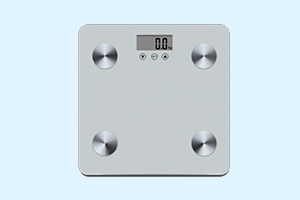Why Most Businesses Get Sales Measurement Wrong
Sales are the lifeline for most businesses, yet they are rarely accurately tracked.
Accurately assessing sales performance is pivotal for any business looking to enhance efficiency and drive growth. Here’s how your business can implement practical and actionable steps to measure sales performance effectively:
1. Integrating Quantitative and Qualitative Metrics:
Balance traditional quantitative metrics such as sales volume, revenue, and profit margins with qualitative aspects like customer satisfaction and loyalty. This dual approach helps in understanding not only the 'how much' but also the 'how well' aspects of sales performance.
2. Effective Use of KPIs:
Identify and track Key Performance Indicators (KPIs) crucial to your sales process. Common KPIs include conversion rates, average deal size, and sales cycle length. Monitoring these KPIs can provide insights into areas that require attention and help gauge progress against specific goals.
3. Leveraging Technology:
Utilize advanced tools like CRM systems and sales analytics platforms. These technologies offer real-time data and detailed insights into sales activities, making it easier to track performance and make data-driven decisions.
4. Conducting Regular Reviews and Adjustments:
Establish a routine for regularly reviewing sales metrics to ensure they align with current business objectives and market dynamics. Adjust targets and strategies as needed to keep your sales team's goals challenging yet achievable.
5. Benchmarking Against Standards:
Compare your sales data against industry benchmarks or historical performance data within your company. This benchmarking can help identify competitive strengths and pinpoint areas for improvement by providing a clear context for your measurements.
Actionable Steps to Get Started:
1. Develop a dashboard that combines both financial and customer satisfaction metrics to give a holistic view of sales performance.
2. Schedule monthly reviews of KPIs with your sales team to discuss progress and obstacles.
3. Invest in a CRM system that integrates seamlessly with other analytics tools to ensure data consistency and accessibility.
4. Set up benchmarking protocols to regularly compare your results with industry standards or past performance to continuously push for better results.
These practical steps will help you not only track the efficiency of your sales force but also enhance their effectiveness through targeted strategies.


















































































